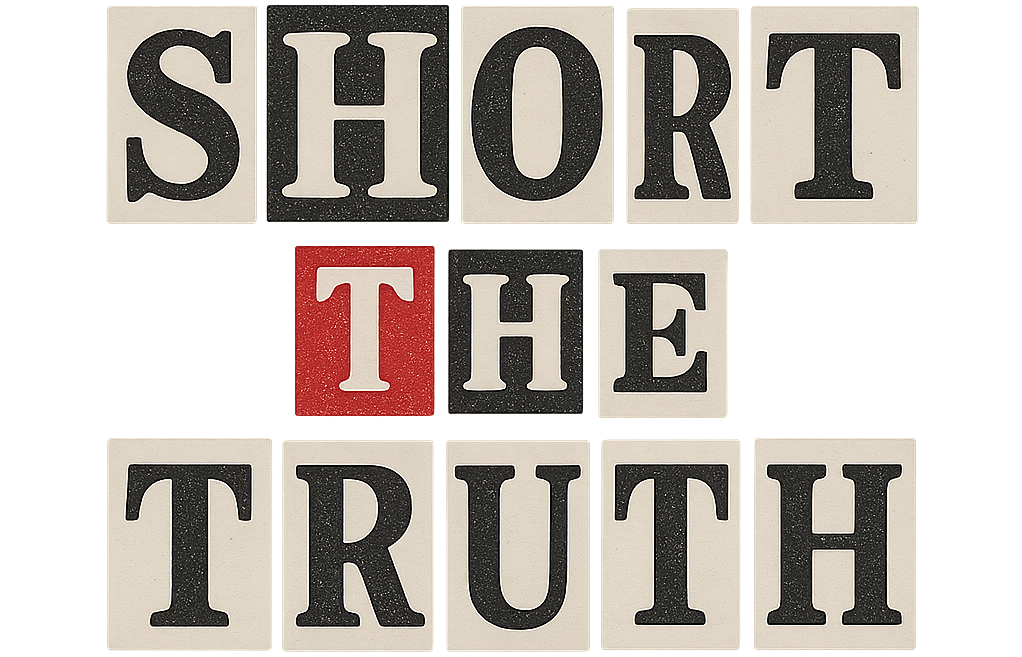In a decision that was somehow both historic and oddly unsurprising, the Supreme Court ruled unanimously that President Barack Obama had ever so slightly overreached when he named officials to the National Labor Relations Board while the Senate was in what it liked to refer to as a “pro forma session.” This type of session, for the unfamiliar or blissfully unaware, is when the Senate technically meets but no one bothers to show up for work except perhaps the custodian turning on the lights.
The 9–0 verdict was a gentle slap on the wrist with the judicial equivalent of a feather duster. While the Court found that Obama’s appointments in 2012 had overstepped the bounds of executive enthusiasm, it did not go so far as to outlaw recess appointments altogether. Instead, the justices offered the helpful clarification that the Senate is basically allowed to consider itself in session even if business consists solely of feeding the office plants and polishing nameplates.
Justice Stephen Breyer, penning the opinion with all the restraint of a man explaining the obvious to a room full of Harvard graduates, asserted that if the Senate says it is in session, then far be it from the Court to say otherwise. The ruling stated that the President’s power to make appointments without Senate confirmation applies only when the Senate is truly in recess. Apparently, in the delicate theatre of federal power, pretending to work counts as working, at least legally speaking.
“For purposes of the Recess Appointments Clause, the Senate is in session when it says it is, provided that it retains the capacity to transact Senate business,” Breyer wrote, likely while suppressing a sigh.
The ruling came as a relief to those who worry about the separation of powers and also those who enjoy knowing their government can tie itself into bureaucratic knots over what “in session” truly means. It was also a notably rare moment of full agreement among the justices, who usually only vote 9–0 when deciding that gravity still exists or that Monday continues to follow Sunday.
For the Obama administration, the decision was a belt-tightening reminder that while executive power is broad, it is not boundless, especially when trying to sneak appointments past a Senate that would rather convene in theory than in person. The Court’s clarification, while not a full rebuke, served as a cautionary tale to future presidents who might be tempted to interpret “recess” a bit too liberally.
The decision does not overturn the notion of recess appointments but it does make them significantly trickier. Presidents will now either need to wait for a proper recess, which may occur somewhere between a solar eclipse and Halley’s Comet, or find some truly persuasive ways of asking the Senate to leave the room quietly for a few moments.
In the end, the ruling sharpened the line between necessary executive flexibility and political sleight of hand with all the subtlety of a judge reminding a magician that cards up the sleeve will not be tolerated in court.
Turns out even the President needs permission to play while Congress is pretending to nap.

